Poor sales as LSD plagues cattle
Vendors suffer losses worth millions of rupees this Eidul Azha
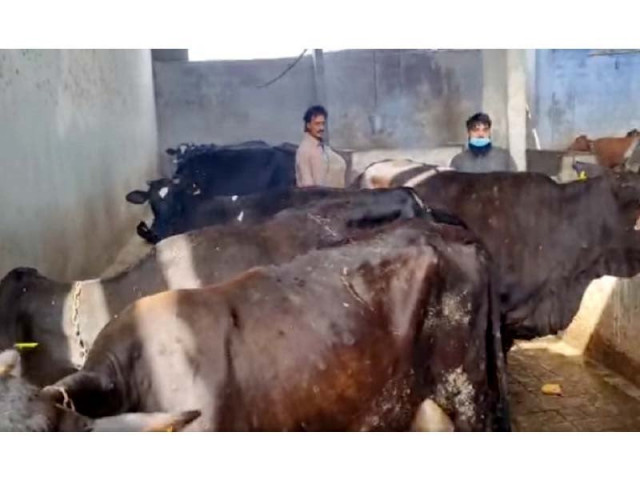
Record-breaking inflation, soaring costs of cattle and the lumpy skin disease (LSD) infecting livestock greatly marred the sales of sacrificial animals on the occasion of Eidul Azha this year. All these factors combined caused losses worth millions of rupees to cattle dealers and contractors, who incurred even more losses when butchers purchased their remaining stock of animals for the price of their meat.
Those who were still left with a number of unsold livestock paid hefty charges for transporting them back to their respective hometowns with heavy hearts.
Even the prices of sacrificial animals dropping by 15-20 per cent on the eve of Eid failed to garner significant sales, with a heavy downpour on the same day compounding the miseries of the vendors.
The incessant rains turned the makeshift cattle markets into ditches, with low-lying areas resembling ponds and higher grounds transforming into muddy ditches.
While many owners shifted their animals from the muddy cattle markets to drier roadsides to make it easier for potential customers, the move barely made any difference as few citizens ventured out of their homes due to the continuous rainfall.
This year, the contract for the Bhatta Chowk cattle market was auctioned at an astronomical price of Rs86 million.
Until a day before Eid, the contractor was only able to earn Rs17 million and fled after defaulting on the rest of the amount.
The butchers’ rates of Rs20,000 to Rs25,000 per sacrificial animal was the proverbial straw that broke the camel’s back.
These cumulative factors led to a noticeable decline in the volume of animals sacrificed in the twin cities this year.
Traditionally, even the second and third days of Eid are busy times for cattle vendors and butchers alike.
However, both businesses suffered this year on the said days as less and less people showed up to buy animals and butchers were seen twiddling their thumbs on the second and third days of Eid.
A butcher named Ashraf Qureshi told The Express Tribune that many individuals belonging to his profession could only muster half of the earnings compared to last year.
Similarly, vendor Haji Naveed said he sold just a few animals this year, including goats and sheep.
“I suggest that taxes on selling sacrificial animals be abolished,” Naveed told The Express Tribune.
“Additionally, if we are provided free space and water for our animals during the 10 days of our Eid business, we can slash the prices up to 30 per cent.”
Another vendor named Shaukat Abbasi disclosed that out of 50 bulls, 100 goats and 40 sheep that he had brought to sell, only 27 bulls, 41 goats and 10 sheep were sold.
Breaking down his expenditure, Abbasi elaborated that he gave Rs430,000 in collective taxes to bring his animals to the cattle market, spent Rs14,000 on water bowsers, purchased fodder worth Rs13,000 and paid Rs125,000 for his animals to be transported from Sargodha to Rawalpindi.
“I spent much more than I earned,” he despaired, adding his voice to those who vowed to find alternate ways to sell their animals from next time onward rather than making use of the designated cattle markets.
Conversely, the taxes imposed on bigger animals such as bulls and cows was Rs3,000 per animal, while Rs2,000 per animal was charged for smaller ones including goats and sheep.


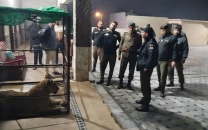

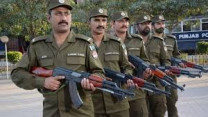

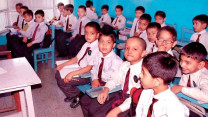





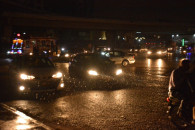






COMMENTS
Comments are moderated and generally will be posted if they are on-topic and not abusive.
For more information, please see our Comments FAQ